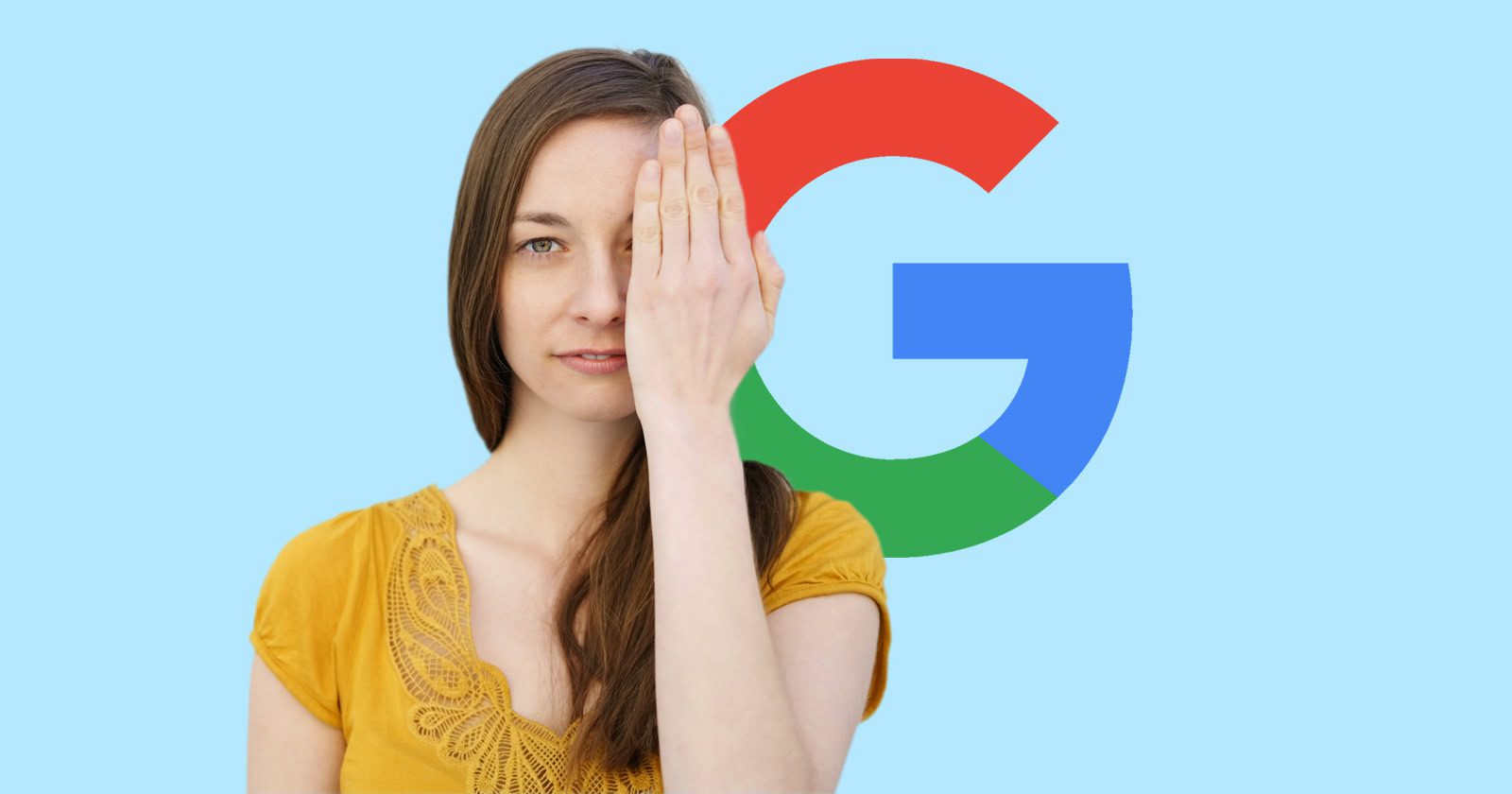Google’s John Mueller affirmed in a LinkedIn post that two site characteristics that could be perceived as indicative of site quality aren’t ranking factors, suggesting that other perceived indicators of quality may not be either.
Site Characteristics And Ranking Factors
John Mueller posted something interesting on LinkedIn because it offers insight into how an attribute of quality sometimes isn’t enough to be an actual ranking factor. His post also encourages a more realistic consideration of what should be considered a signal of quality and what is simply a characteristic of a site.
The two characteristics of site quality that Mueller discussed are valid HTML and typos (typographical errors, commonly in reference to spelling errors). His post was inspired by an analysis of 200 home pages of the most popular websites that found that only 0.5% of which had valid HTML. That means that out of the 200 of the most popular sites, only 1 home page was written with valid HTML.
John Mueller said that a ranking factor like valid HTML would be a low bar, presumably because spammers can easily create web page templates that use valid HTML. Mueller also made the same observation about typos.
Valid HTML
Valid HTML means that the code underlying a web page follows all of the rules for how HTML should be used. What constitutes valid HTML is defined by the W3C (World Wide Web Consortium), the international standards making body for the web. HTML, CSS, and Web Accessibility are examples of standards that the W3C creates. The validity of HTML can be tested at the W3C Markup Validation Service which is available at validator.w3.org.
Is Valid HTML A Ranking Factor?
The post begins by stating that a commonly asked question is whether valid HTML is a ranking factor or some other kind of factor for Google Search. It’s a valid question because valid HTML could be seen as a characteristic of quality.
He wrote:
“Every now and then, we get questions about whether “valid HTML” is a ranking factor, or a requirement for Google Search.
Jens has done regular analysis of the validity of the top websites’ homepages, and the results are sobering.”
The phrase, “the results are sobering” means that the results that most home pages use invalid HTML is surprising and possibly cause for consideration.
Given how virtually all content management systems do not generate valid HTML, I’m somewhat surprised that even one site out of 200 used valid HTML. I would expect a number closer to zero.
Mueller goes on to note that valid HTML is a low bar for a ranking factor:
“…this is imo a pretty low bar. It’s a bit like saying professional writers produce content free of typos – that seems reasonable, right? Google also doesn’t use typos as a ranking factor, but imagine you ship multiple typos on your homepage? Eww.
And, it’s trivial to validate the HTML that a site produces. It’s trivial to monitor the validity of important pages – like your homepage.”
Ease Of Achieving Characteristic Of Quality
There have been many false signals of quality promoted and abandoned by SEOs, the most recent one being “authorship” and “content reviews” that are supposed to show that an authoritative author wrote an article and that the article was checked by someone who is authoritative. People did things like invent authors with AI generated images that are associated to fake LinkedIn profiles in the naïve belief that adding an author to the article will trick Google into awarding ranking factor points (or whatever, lol).
The authorship signal turned out to be a misinterpretation of Google’s Search Quality Raters Guidelines and a big waste of a lot of people’s time. If SEOs had considered how easy it was to create an “authorship” signal it would have been apparent to more people that it was a trivial thing to fake.
So, one takeaway from Mueller’s post can be said to be that if there’s a question about whether something is a ranking factor, first check if Google explicitly says it’s a ranking factor and if not then consider if literally any spammer can achieve that “something” that an SEO claims is a ranking factor. If it’s a trivial thing to achieve then there’s a high likelihood it’s not a ranking factor.
There Is Still Value To Be Had From Non-Ranking Factors
The fact that something is relatively easy to fake doesn’t mean that web publishes and site owners should stop doing it. If something is good for users and helps to build trust then it’s likely a good idea to keep doing it. Just because something is not a ranking factor doesn’t invalidate the practice. It’s always a good practice in the long run to keep doing activities that build trust in the business or the content, regardless of whether it’s a ranking factor or not. Google tries to pick up on the signals that users or other websites give in order to determine if a website is high quality, useful, and helpful, so anything that generates trust and satisfaction is likely a good thing.
Read John Mueller’s post on LinkedIn here.
Featured Image by Shutterstock/stockfour










